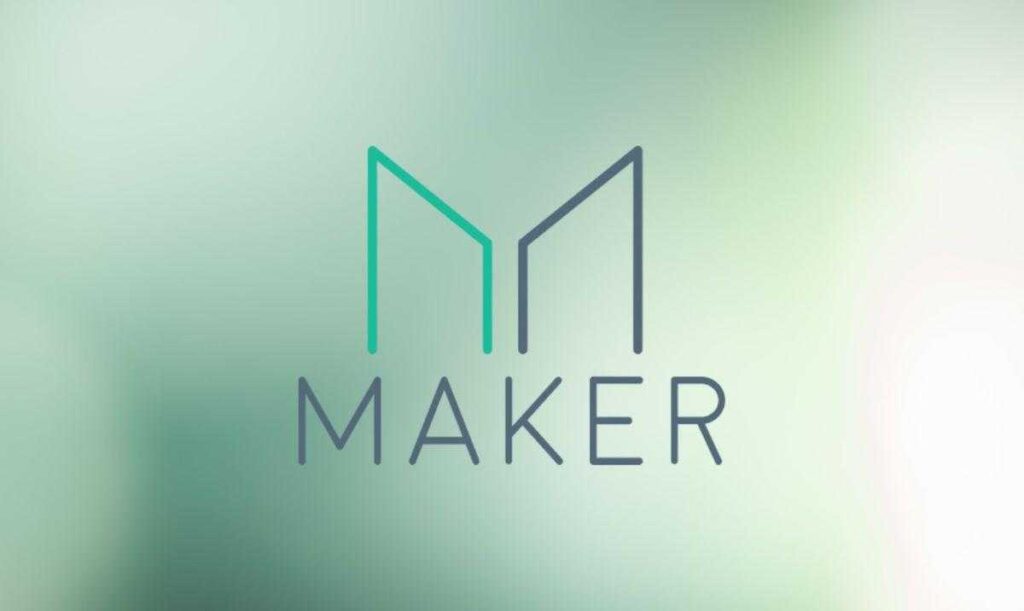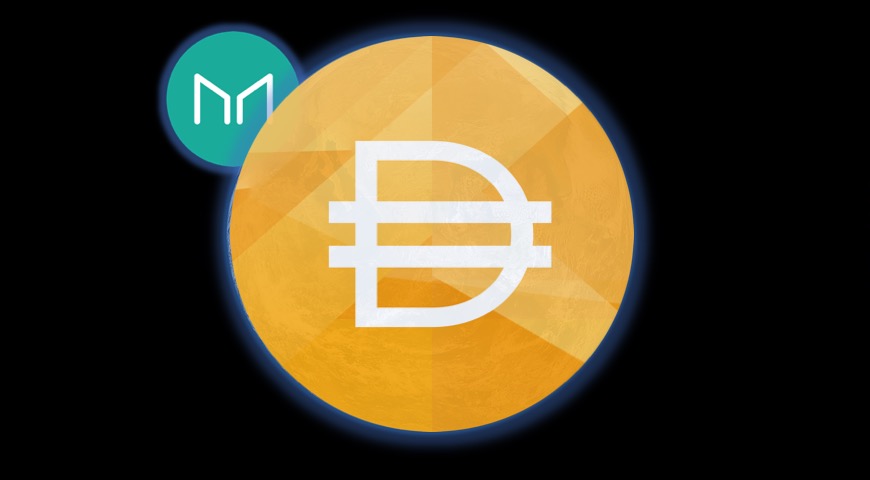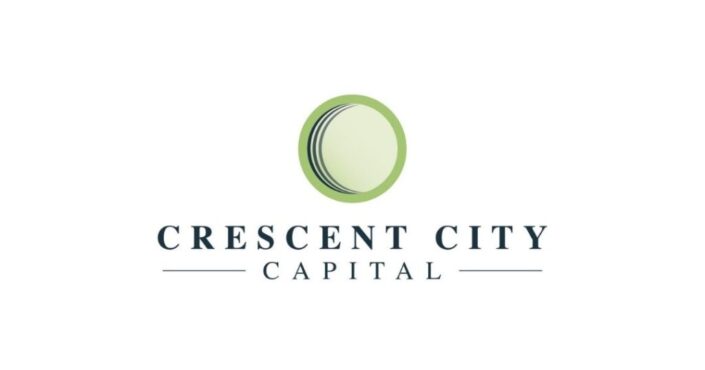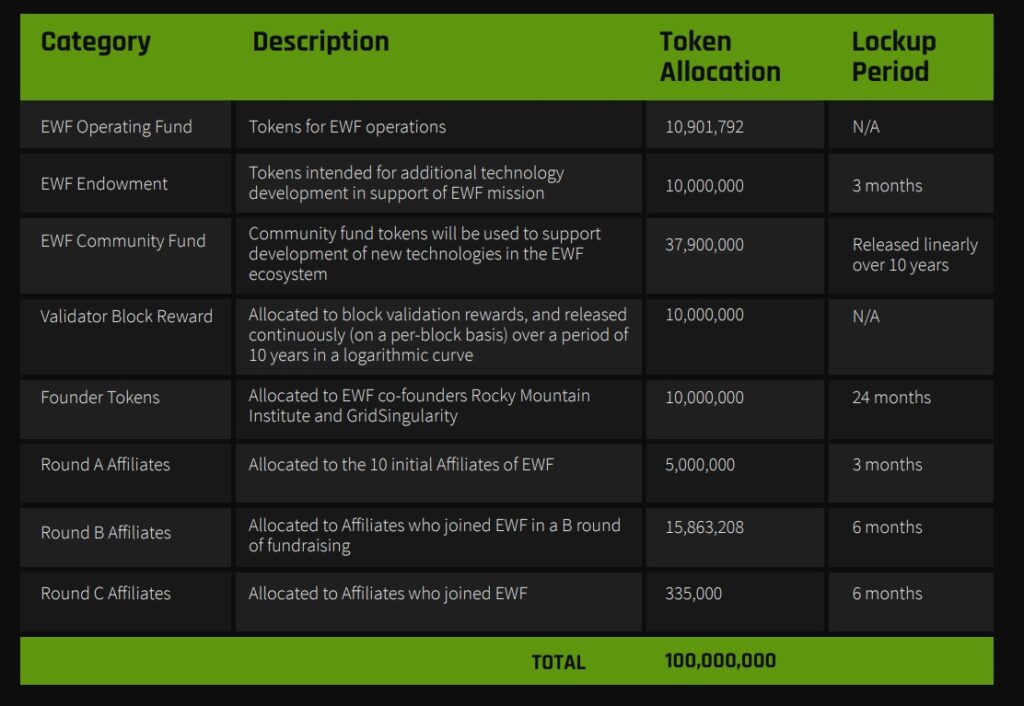
Maker (MKR) of a Better Future.
Cameron Tuths

Blockchain technology offers an opportunity to alleviate the public’s rising dissatisfaction with centralized financial systems. The Maker DOA allows people to embrace transparency rather than central-entity control by sharing data over a network of computers. The outcome is a permissionless system that is unbiased, transparent, and highly efficient—one that can improve current global financial and monetary institutions while also better serving the public good.
This was the motivation behind the creation of Bitcoin. While Bitcoin is a successful cryptocurrency on many levels, it is not ideal as a medium of exchange because of its fixed supply and speculative nature, which causes volatility and hinders it from becoming mainstream money.
The Dai stablecoin, on the other hand, succeeds where Bitcoin fails because it is specifically designed to reduce price fluctuation. Dai is a decentralized, unbiased, collateral-backed currency that is soft-pegged to the US Dollar, Dai’s value is in its stability.
The Maker Protocol is one of the Ethereum blockchain’s most significant decentralized applications (dapps) and was the first decentralized finance (DeFi) application to gain widespread popularity. By leveraging collateral assets authorized by “Maker Governance,” users can manufacture Dai utilizing the Maker Protocol, also known as the Multi-Collateral Dai (MCD) system. Maker Governance is the mechanism for governing the Maker Protocol’s various aspects that will be run and operated by the community.
Since the release of Dai in 2017, the stablecoin’s user adoption has skyrocketed, and it has become a foundation for decentralized applications that aid in the expansion of the DeFi movement. Dai’s success is part of a larger industry trend toward stablecoins, which are cryptocurrencies that are designed to keep their value and act like money.

Generally, money has four functions:
A store of value
A medium of exchange
A unit of account
A standard of deferred payment
Dai has properties and use cases designed to serve these functions.
A store of value is an asset that maintains its value over time without depreciating significantly. Dai is a stablecoin, which means it can be used as a store of wealth even in a tumultuous market.
Anything that reflects a standard of value and is used to facilitate the sale, purchase, or exchange (trade) of goods or services is referred to as a medium of exchange. The Dai stablecoin is utilized for a variety of transactions all throughout the world.
A unit of account is a unit of value that is used to price products and services (e.g., USD, EUR, YEN). Dai’s target price is 1 USD (1 Dai = 1 USD). While Dai is not widely used as a unit of account in the off-chain world, it is utilized as a unit of account within the Maker Protocol and some blockchain dapps, with Maker Protocol accounting and pricing of dapp services in Dai rather than a fiat currency like USD.
Within the Maker Protocol, Dai is utilized to repay debts (e.g., users use Dai to pay the stability fee and close their Vaults). This feature sets Dai apart from other stablecoins. This makes Dai a standard of deferred payment.
Dai is created, backed, and maintained by collateral assets stored in Maker Vaults on the Maker Protocol. The Maker Protocol accepts any Ethereum-based asset that has been approved by MKR holders as collateral to create Dai. For each acceptable collateral, MKR holders must also approve specified risk parameters.
Once the collateral is locked the Dai loan can be processed. This loan is subject to a stability charge, which is effectively a continuously accruing interest that is paid upon repayment of borrowed Dai and used to keep the currency pegged. The protocol then burns the stability charge, limiting the token supply and thereby benefiting MKR holders.
By securing their collateral in a Maker Vault, Oasis Borrow allows customers to access the Maker Protocol and generate Dai. Users do not, for example, need to engage a third-party mediator to generate Dai. Individuals and businesses can use vaults to produce liquidity on their assets in a simple, rapid, and low-cost manner.
Customers who lock their Dai into the Maker Protocol’s Dai Savings Rate (DSR) contract will generate savings automatically and natively. It can be accessed using the Oasis Save portal or with numerous Maker Protocol gateways. To earn the DSR, users do not need to deposit a minimum amount, and they can withdraw any or all of their Dai from the DSR contract at any moment.
Anyone, wherever, can utilize the Maker Protocol without any limits or personal information requirements. The use case for Dai has already been proven. Around 1.7 billion adults worldwide are unbanked in 2017 while over 32 million American families are either unbanked or underbanked, meaning they have no bank account or use alternatives to traditional banking (e.g., payday or pawnshop loans) to manage their finances. Dai has the ability to empower all of those individuals; all that is needed is access to the internet.
Dai, as the world’s first unbiased stablecoin, enables everyone, regardless of their location or circumstances, to attain financial independence. In Latin America, for example, Dai has allowed individuals and families to protect themselves from the depreciation of the Argentine peso, Venezuelan bolívar, and maybe soon the Russian ruble.
Perhaps the most significant market fit for Dai is for developers incorporating the stablecoin into the dapps they build on the Ethereum blockchain. As a result, Dai contributes to the development of a more stable ecology. In summary, Dai enables dapp developers to provide a reliable mode of exchange to their consumers who choose not to buy and sell goods and services using volatile assets.
Dai can be used to pay for gas in the Ethereum ecosystem, developers can provide customers a smoother onboarding and overall experience by developing DeFi dapps that accept Dai instead of ETH. Due to these reasons for the advancement in the use of Dai, Maker DOA(MKR) has become a lucrative investment for those looking to get exposure to this technology as it becomes mainstream in the near future.
Disclaimer: Please note that the contents of this article are not financial or investing advice. The information provided in this article is the author’s opinion only and should not be considered as offering trading or investing recommendations. Please conduct your own due diligence before making any investment decisions.
References:
https://cryptonews.com/coins/maker/














